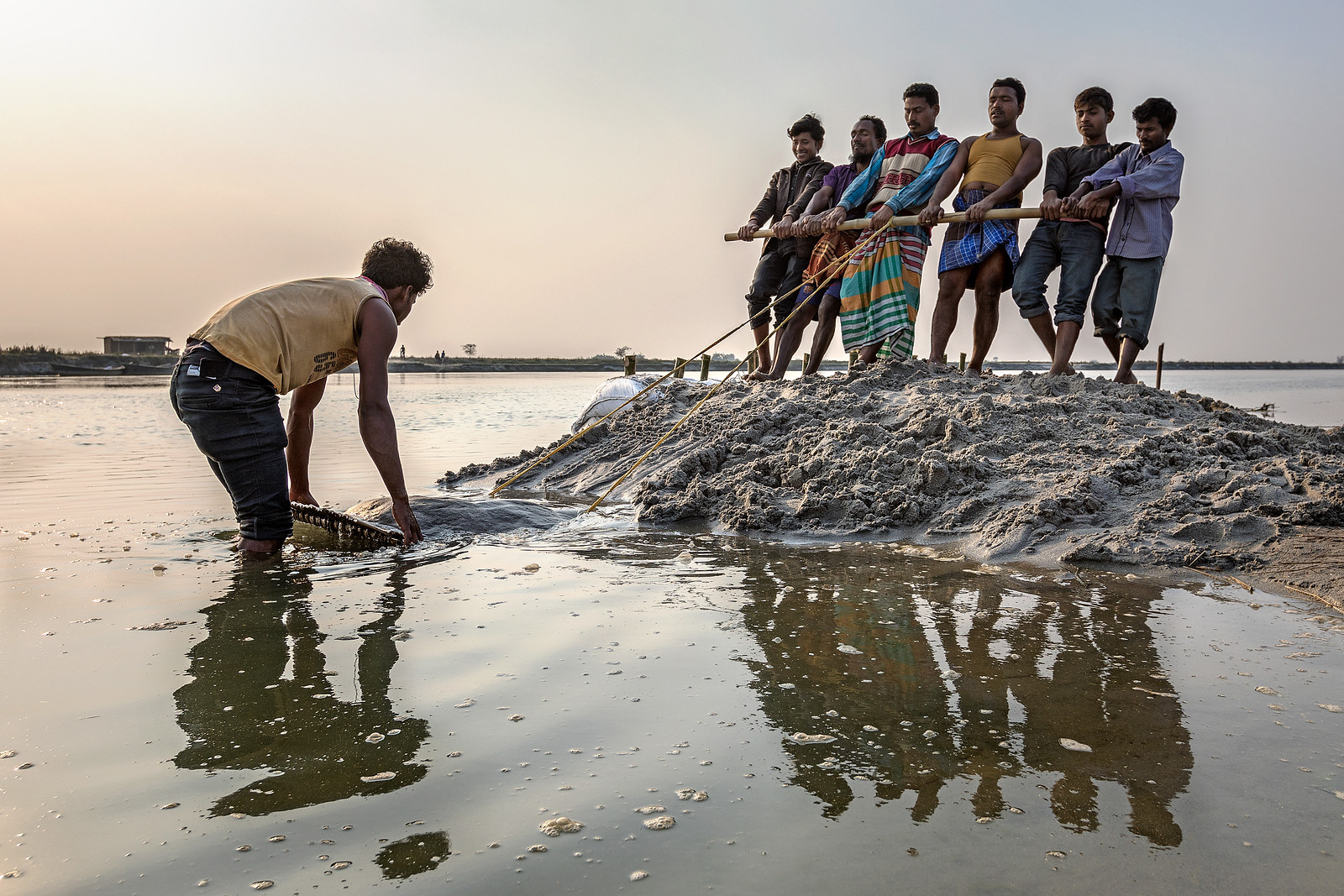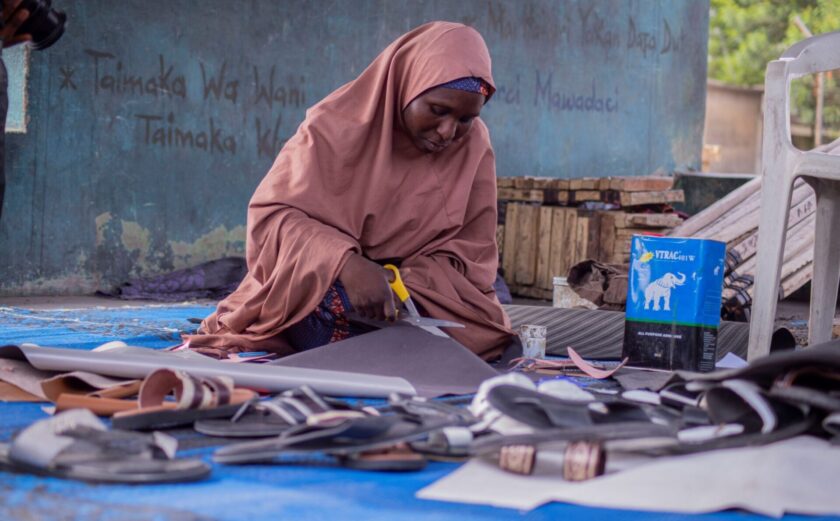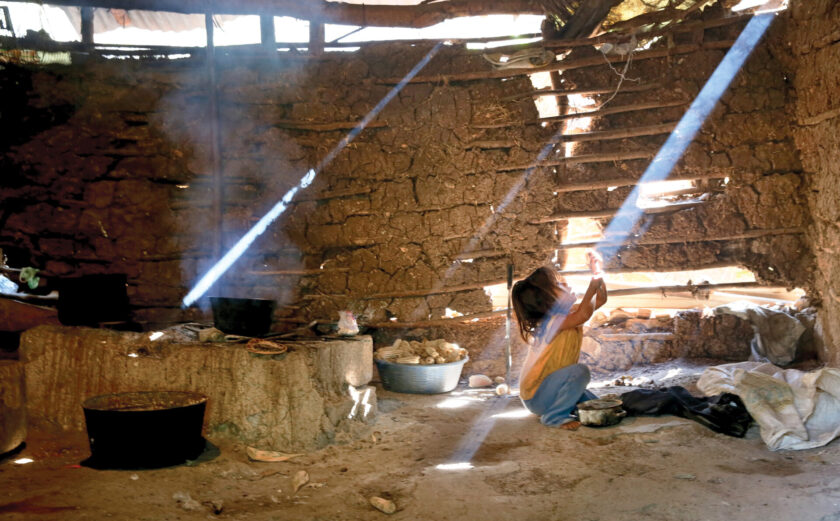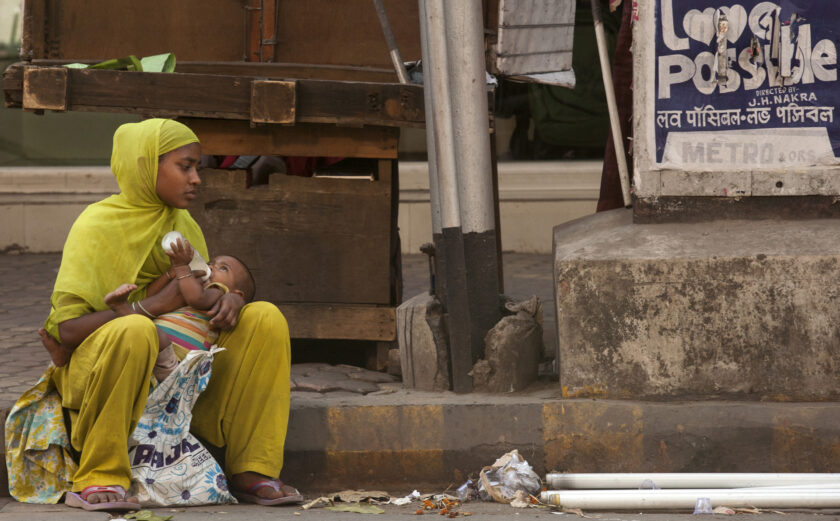
Strongest Together
An NGO Consortia View on Structural Issues in the Humanitarian Response to COVID-19
In 2018, over 70 million people worldwide were displaced by conflict, violence, and disasters, either within their own countries or as refugees.
And yet, in 2019, global humanitarian funding against need was less than 62%.
Through February of 2020, humanitarians struggled to keep up with the global pace and scale of displacement and need while navigating increasingly dangerous, politicized, and complex operational environments.
This is the reality that humanitarian responders are operating within as the COVID-19 pandemic spreads.
COVID-19 has aggravated previously deteriorating humanitarian conditions and increasingly complex operational environments for frontline responders, prompting new operational challenges to emerge. InterAction has partnered with nongovernmental organization (NGO) consortia in 13 countries globally, who collectively represent approximately 1000 NGO country offices implementing life-saving activities every day, to conceptualize and draft a Working Paper delineating these challenges.
This paper aims to elevate and magnify the voices of humanitarian implementers to the global level, communicate shared constraints, and articulate the help we require to best support people in need. The NGO community will be able to save and support more lives if we take collective action now.
We found there to be seven major problematic trends—and opportunities for collective action—impacting all country contexts around the world where humanitarian NGOs are responding to protracted or emerging humanitarian needs. These include:
- Restrictions on the international movement of medical and humanitarian personnel and goods into the affected countries.
- Restrictions on the in-country movement of medical and humanitarian personnel and goods within the affected countries.
- Restrictions on affected populations accessing services and assistance.
- The central role of affected communities in pandemic response.
- Funding constraints and limitations.
- Safety and security of frontline humanitarian and medical workers.
- Response coordination and leadership.
We will revise and update this White Paper in the coming months as the situation evolves.








